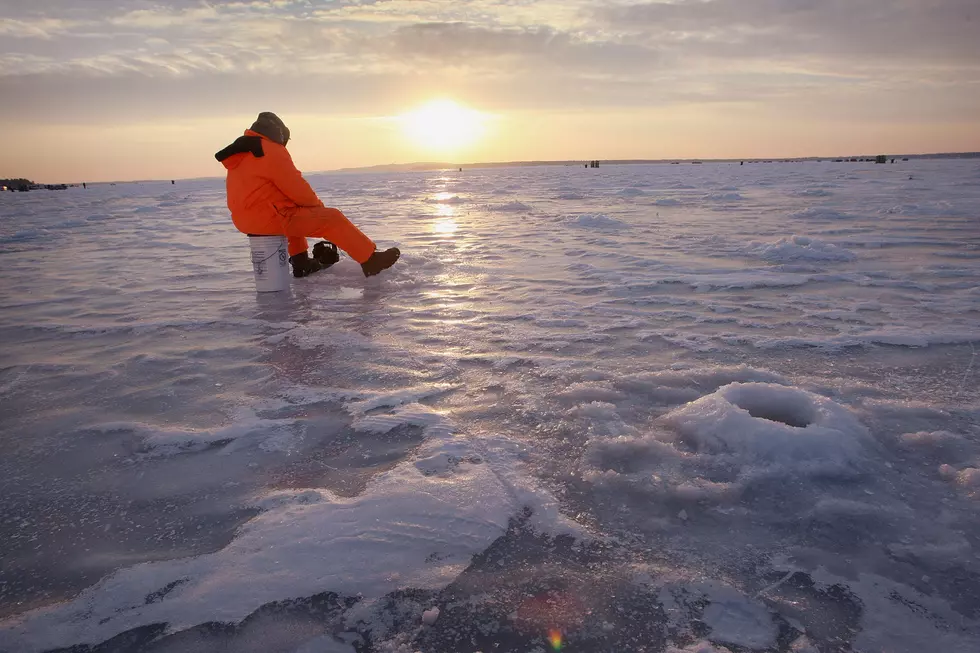
Minnesota DNR Offers Great Tips for a Successful Ice Fishing Season
Ice fishing season is here and the Minnesota Department of Natural Resources wants to make sure everyone has a successful and safe season throughout the Northland.
The two main things all anglers need to do are to stay safe and be a positive member of the ice fishing community.
When it comes to safety, make sure that all ice is at least 4 inches thick before walking on it. Ice should be 5 to 7 inches thick before heading out on an ATV or snowmobile, 8 to 12 inches thick before cars can drive on it and 12 to 15 inches thick before any truck should be driving on the ice. You'll also need to double these minimums for white or snow-covered ice.
Other recommended safety tips include:
- Wear a life jacket or float coat on the ice (except when in a vehicle).
- Carry ice picks, rope, an ice chisel and tape measure.
- Check ice thickness at regular intervals; conditions can change quickly.
- Bring a cell phone or personal locator beacon.
- Don’t go out alone; tell someone about trip plans and expected return time.
Before heading out, inquire about conditions and known hazards with local experts. - If you see someone fall through, remain calm and call 911. Do not attempt a rescue unless there is a means of self-rescue. Throw the person any piece of buoyant gear available, as well as a rope, jumper cables or other object to pull them out of the water or away from thin ice. Let go if they start pulling you toward dangerous ice.

In order to be a positive member of the ice fishing community, the DNR asks that all anglers keep these things in mind:
- Pick up after yourself. Anything but an impression left on the ice is litter.
- Do not go onto private property unless you have permission to be there. If you are traveling to Upper Red Lake, know the Red Lake Indian Reservation is closed to people who aren’t members of the band. Stay east of the longitudinal coordinate of 94 deg. 43’ 12.0” to ensure you are on state waters.
- Maintain a social distance of at least 6 feet from members of other households at public access sites and on the ice. If the access is full, try another lake or try again at a less-busy time.
- Minimize noise, and remember to keep a respectful distance from other anglers.
7 Things To Have In Your Outdoor Survival Kit
More From KOOL 101.7









